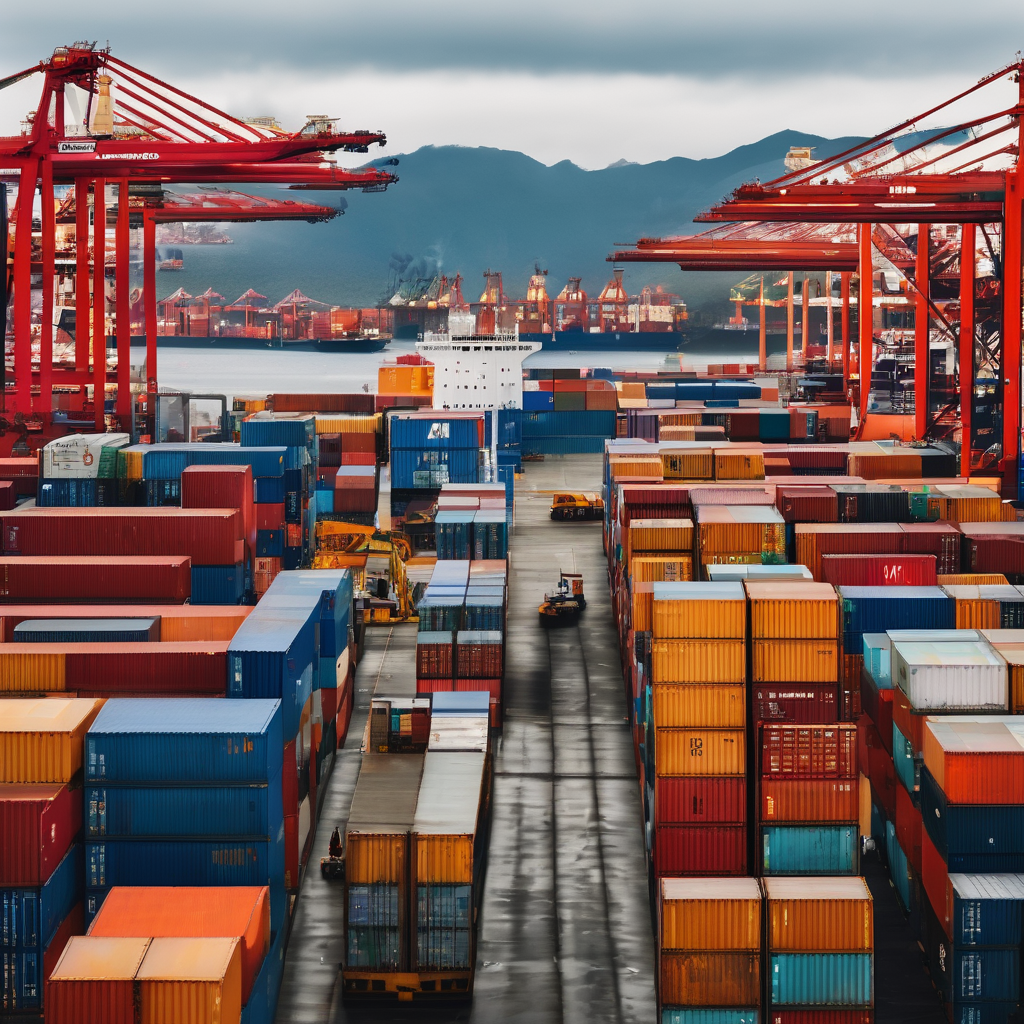In the past week, Suva Port has witnessed a notable increase in maritime operations, handling over 4,000 containers and welcoming 10 vessels. This escalation in activity is linked to a surge in shipping traffic that followed delays at East Asian and Pacific Island ports, as reported by Fiji Ports Terminal Ltd (FPTL).
FPTL has issued a public notice addressing the challenges posed by the clustering of vessel arrivals, which has created significant congestion and negatively impacted quay and yard operations. The substantial delays have complicated the timely delivery of import containers and the loading of exports. An additional factor contributing to the congestion is that many importers are retrieving their containers only on the third or last free day, while limited weekend and after-hours clearance operations further exacerbate the flow of cargo. To mitigate this situation, FPTL is urging importers to clear their containers promptly after discharge, thereby freeing up yard space for incoming shipments.
Despite these operational challenges, FPTL has reassured stakeholders that efforts are ongoing to process cargo efficiently, although the port’s operator must balance the needs of all incoming vessels. There is a warning that similar disruptions might persist if shipping schedules remain erratic and vessels continue to arrive in rapid succession.
The recent spike in activity aligns with a broader trend, as FPTL had previously reported an increase in container volumes throughout August, with 9,658 containers handled compared to 8,815 in July. According to FPTL’s CEO, Hasthika Dela, ongoing global shipping challenges—stemming from geopolitical tensions and supply-demand imbalances—are affecting operations.
As FPTL endeavors to enhance its infrastructure and operational capacity, there is optimism for improved efficiency at Suva Port. The company is actively exploring technological advancements and operational improvements aimed at alleviating congestion issues in the future, which could foster economic stability and growth within Fiji’s trade sector. Stakeholders can anticipate regular updates on the evolving situation, highlighting a commitment to adaptive responses to maritime challenges.
